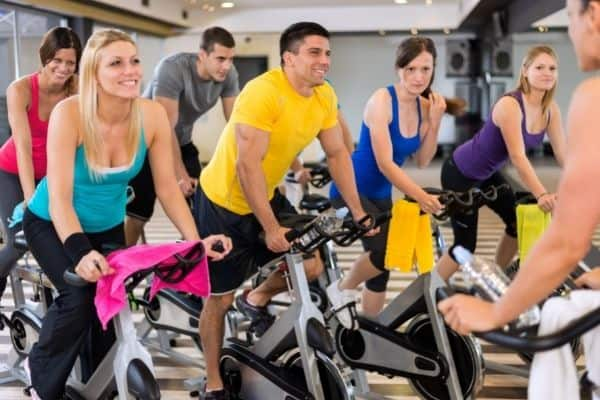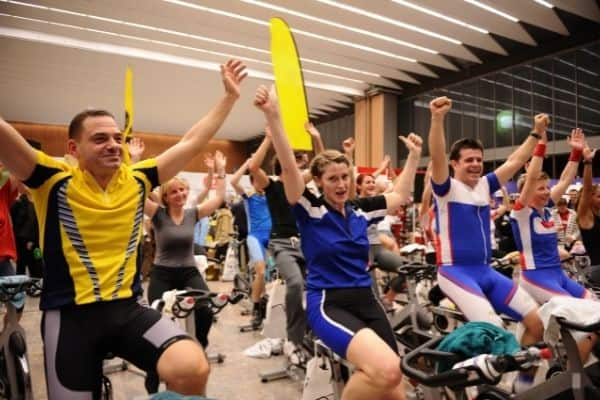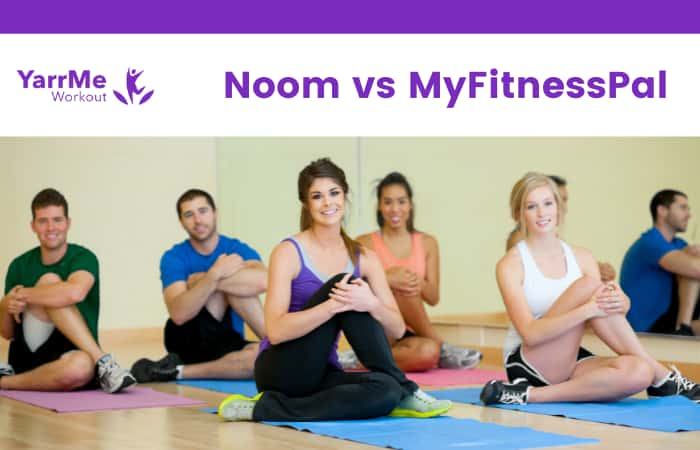There is no definitive answer to this question as the research on the matter is inconclusive. However, there are some benefits that could be gained from incorporating plyometrics into a long-distance running routine.
Plyometric exercises are designed to increase power and speed. They involve jumping and leaping movements that use the elastic energy of the muscles and tendons to produce force. This type of exercise can be helpful for runners because it can improve their speed and agility. It can also help to increase the strength and power of the muscles used in running.
However, it is important to note that plyometrics can also be a high-risk activity. If not done correctly, it can lead to injury and muscle soreness. It is important for runners to be careful when introducing plyometrics into their routine. They should already have a solid mileage base built up before attempting them, and they should avoid doing too many or too often.
Browse More on Plyometrics…
- Does Plyometrics Work? – No. Plyometrics are intense exercises that are there to produce power, and we shared some of the reasons why it’s not recommended as a daily workout.
- Is it okay to do Plyometrics Everyday? – No. Plyometrics are intense exercises that are there to produce power, and we shared some of the reasons why it’s not recommended as a daily workout.
- Plyometrics and Cardio are Same? – Yes! Plyometrics can be a form of cardio. They can be considered cardio if done at high intensity. To know more, checkout article.
- Plyometrics makes you bulky!!! – Plyometric training alone won’t assist you to gain muscles. We think it’s the opposite. Check out the article to find out why!!!
- Injuries with Plyometrics – It is possible but rare. These workouts are meant to be done by people who are either fit and healthy. Find out more in article.
Also, since plyometric exercises are designed to increase speed, it might not be the best choice for runners who are looking to add distance to their runs. In this case, a runner would be better off sticking to more traditional endurance exercises like long runs and tempo runs.
How plyometrics help long distance runners?
Let’s look into some reasons to why plyometrics can help long-distance runners?
- Plyometrics are designed to increase power, speed, and strength.
- Long distance runners can often lack in power and speed. Plyometrics can help to improve these attributes and make the runner faster. Plyometrics can also help with the overall strength of the muscles used in running.
- Injury prevention is another key reason why plyometrics can help long distance runners. Plyometrics are a high-risk activity and if done incorrectly, they can lead to serious injuries. However, when incorporated correctly into a routine, plyometrics can help to prevent injuries from occurring.
- It is important to remember that plyometrics are not the only exercise you need to be a successful long distance runner. A good mileage base and traditional endurance exercises such as long runs and tempo runs are still necessary. Plyometrics can help to improve the speed and power of the runner, but they should not be the only thing that is done in order to become a better runner.
Plyometrics Exercises for Long-Distance Runners
Let’s see some plyometrics exercises that assist long-distance runners:

Box Jumps:
This plyometric exercise is a great way to improve your speed, power and jumping ability. To do box jumps, you will need a sturdy box or bench that is about knee height. Stand in front of the box with your feet hip-width apart and jump onto the box, landing softly with both feet. Jump back down and repeat. Try to do 10-15 reps.
Lunges:
Lunges are a great exercise for overall lower body strength and power. To do lunges, stand with your feet hip-width apart and take a large step forward with one foot. Keep your back straight and bend your front knee to 90 degrees while bending your back knee at a right angle. Repeat on the other side and continue alternating for 10-15 reps.
Squat Jumps:
This plyometric exercise helps you with explosive strength and power by using heavy weights to do low squat positions repeatedly, which will allow you to jump higher when running. To perform this exercise, stand with feet shoulder-width apart and squat down as if you are going to sit in a chair. explosively jump up into the air, landing softly back in the squat position. Repeat for 10-15 reps.
Jump Ropes:
This is an excellent exercise to improve your overall speed, agility and coordination. Jump ropes are also a great way to warm up for a race or other running activity. To do jump ropes, hold the rope with both hands and jump over the rope as it swings around your body. Try to do 100-200 jumps.
Calf Raises:
This exercise is great for strengthening your calf muscles, which can help you run faster. To do calf raises, stand with your feet hip-width apart and raise your heels off the ground so you are standing on your toes. Hold for a few seconds and then lower your heels back to the ground. Repeat for 10-15 reps.
Skipping:
Skipping is a great plyometric exercise that helps improve your speed and agility. To do skipping, hold a skipping rope with both hands and skip over the rope as it swings around your body. Try to do 100-200 jumps.
Hamstring Curls:
This exercise is great for strengthening your hamstring muscles, which can help you run faster. To do hamstring curls, lie on your back on the floor and draw your heels close to you by bending your knees. Then, raise your hips off the floor so that only your shoulders and feet are on the ground. Slowly lower yourself back down to complete one rep. Try to do 10-15 reps.
Step Up:
This exercise is great for strengthening your quads muscles which affect how fast you can run. To do step-ups, stand in front of a sturdy platform with both feet on the floor and your right foot on top of the platform. Slowly lower yourself down to complete one rep before explosively jumping up onto the platform with your left foot. Repeat for 10-15 reps each leg.
How do plyometrics assist long distance runners?
Plyometrics help improves the running economy because they teach your body to use less energy when running. The more efficient you are at running, the less energy you will use and the farther you will be able to run. Plyometric exercises also increase your vertical jump height and lower-body power, both of which can help you run faster.
Explore Benefits of Plyometrics…
- Become Taller with Plyometrics – No, you are not going to grow any taller by doing exercises that target your muscles. But , it can assist, checkout how?
- Build Muscles with Plyometrics – Checkout article for plyometrics exercises and benefits of it for building muscles.
- Plyometrics for Long Distance Runners – Plyometric exercises are designed to increase speed, but not for runners who are looking to add distance to their runs. Check it for more information.
- Increase Speed With Plyometrics – Plyometrics is used to improve the speed and agility of an individual. Check out the actual processes and exercises that benefit you greatly.
How many times a week should plyometrics for distance runners?
Plyometrics should be done at least once a week to help improve the running economy and lower-body power. It is not required, but it can add up in the end to make a world of difference.
What footwear is best for doing plyometric exercises?
Unless a type of shoe is specifically designed for low-intensity jumping exercises, running shoes are commonly suitable. The one exception is when doing plyometric pushups or rows with weight training. If you do not have any gym sneakers, you can jump up onto the platform to do the exercise with your toes on it so that your arches are elevated.

Why should runners do plyometrics?
Plyometrics help improves the running economy because they teach your body to use less energy when running. The more efficient you are at running, the less energy you will use and the farther you will be able to run. Plyometric exercises also increase your vertical jump height and lower-body power, both of which can help you run faster.
Conclusion
Plyometrics exercises are a great way to improve your running economy, increase power and vertical jump height. When you combine these benefits with the other tips provided in this article, it becomes clear that there is no one-size-fits-all approach for long-distance runners. If you’re struggling to run farther or faster than ever before, try adding some plyometric exercises into your routine!






